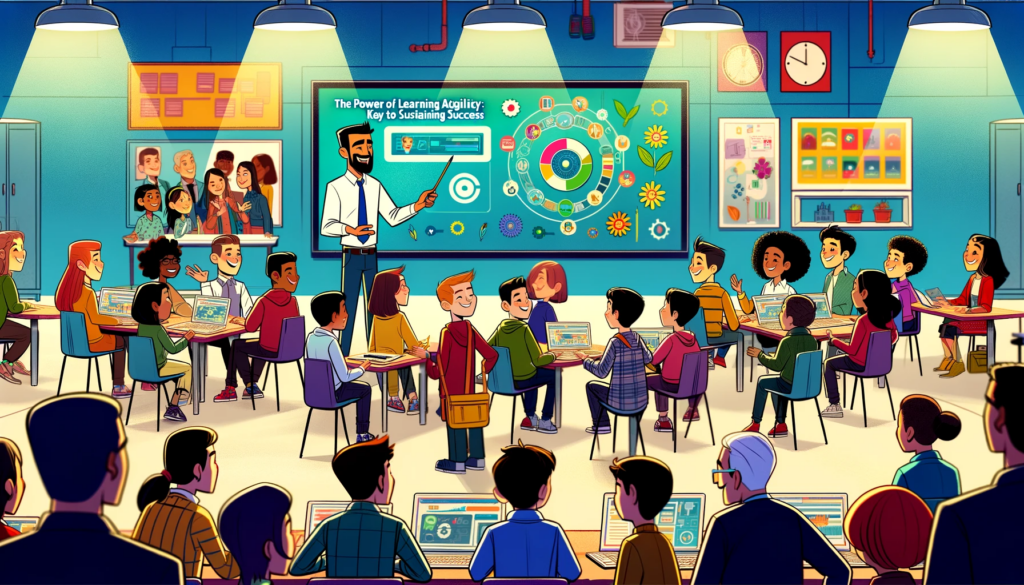
In our busy lives, finding time to maintain a tidy home can feel overwhelming. However, you don’t need hours to make a significant difference in your living space. Introducing the 15-Minute Reset—a quick and effective method to tidy up a room and create a more organized, stress-free environment.
Why a 15-Minute Reset?
The beauty of the 15-Minute Reset lies in its simplicity and manageability. Setting aside just 15 minutes to focus on one room can lead to noticeable improvements without feeling like a daunting task. This method capitalizes on the idea that small, consistent efforts can lead to big results over time.
How to Execute the 15-Minute Reset
- Set a Timer: Begin by setting a timer for 15 minutes. This creates a sense of urgency and helps you stay focused, ensuring that you make the most of this short period.
- Choose Your Room: Decide which room needs your attention the most. It could be your living room, kitchen, bedroom, or even your home office. Starting with the most cluttered or frequently used room can often provide the most immediate sense of accomplishment.
- Gather Your Supplies: Before you start, grab a few essential cleaning supplies: a trash bag for any garbage, a laundry basket for items that belong in other rooms, and a box or basket for items that need to be organized within the room.
- Start with Surfaces: Clear off any surfaces first—tables, countertops, desks. Put away items that have designated spots, toss out any trash, and gather items that belong elsewhere in the house.
- Tidy Up the Floors: Once the surfaces are clear, move on to the floors. Pick up any stray items and put them in their proper places. If you find things that belong in other rooms, place them in the laundry basket to be dealt with later.
- Quick Dust and Wipe: Use a dust cloth to quickly dust surfaces and a damp cloth to wipe down any sticky or dirty areas. This step helps to freshen up the room and gives it a cleaner appearance.
- Organize and Straighten: Take a few minutes to organize any cluttered areas. Straighten books, stack magazines, and ensure that items are neatly arranged. If you have time, do a quick sweep or vacuum to finish off.
- Final Touches: Once the timer goes off, take a step back and admire your work. You’ll be surprised at how much you can accomplish in just 15 minutes. If you have extra time, you can do a quick sweep or vacuum to finish off.
The Benefits of the 15-Minute Reset
- Reduced Stress: A tidy room can significantly reduce stress and create a more peaceful environment. Knowing that you have a clean and organized space can help you relax and feel more in control.
- Increased Productivity: A clutter-free area can boost your productivity, making it easier to focus on tasks without being distracted by mess and disorganization.
- Maintenance Made Easy: By incorporating a 15-Minute Reset into your daily routine, you can keep your home consistently tidy without the need for extensive cleaning sessions.
- Boosted Mood: There’s a sense of accomplishment and satisfaction that comes from completing a small, manageable task. Tidying up can lift your mood and give you a positive start or end to your day.
Conclusion
The 15-Minute Reset is a powerful tool for maintaining a clean and organized home, even with a busy schedule. By dedicating just a small portion of your day to tidying up, you can create a more inviting and stress-free environment. Try incorporating this simple practice into your daily routine and experience the benefits of a tidy space without the overwhelm.








